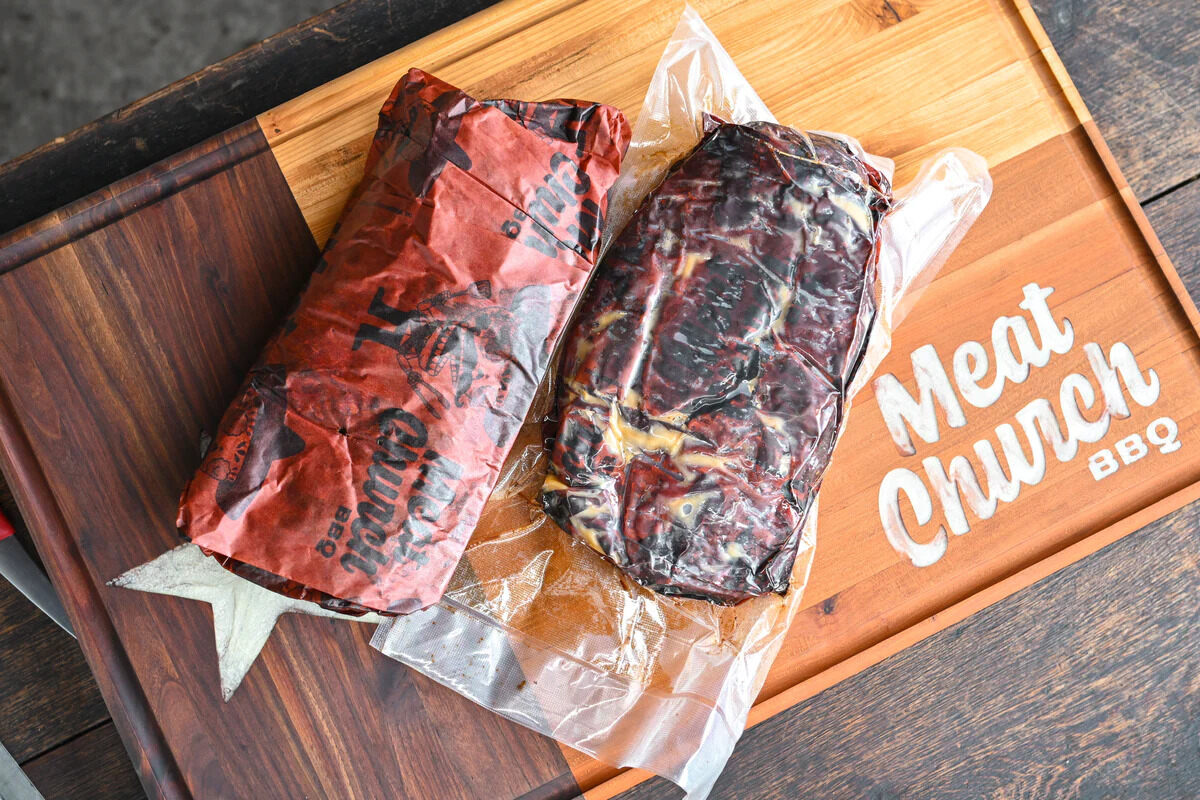

Articles
How To Store And Reheat Brisket
Modified: August 24, 2024
Learn the best techniques for storing and reheating brisket with our informative articles. Discover expert tips to ensure your brisket stays flavorful and tender until the next serving.
(Many of the links in this article redirect to a specific reviewed product. Your purchase of these products through affiliate links helps to generate commission for Storables.com, at no extra cost. Learn more)
Introduction
Brisket is a delicious and flavorful cut of meat that is often enjoyed as a main dish for special occasions or barbecues. However, what do you do if you have leftover brisket that you want to store and reheat for later enjoyment? Storing and reheating brisket properly is essential to maintain its flavor and texture.
In this article, we will guide you through the best practices for storing and reheating brisket to ensure that it remains moist, tender, and full of flavor. Whether you are using an oven, microwave, stovetop, or slow cooker, we have you covered with simple and effective techniques to bring your leftover brisket back to life.
Before we dive into the methods of reheating, let’s first discuss the importance of choosing the right storage containers to keep your brisket fresh and safe.
Key Takeaways:
- Properly storing and reheating brisket is crucial for maintaining its flavor and texture. Choose the right storage containers, follow recommended reheating methods, and use a meat thermometer to ensure a delicious and safe dining experience.
- Experiment with accompaniments and adjust seasonings to elevate the taste of reheated brisket. Reheating in smaller portions, adding moisture, and allowing the brisket to rest before serving are essential for a flavorful and enjoyable dining experience.
Read more: How To Store A Brisket
Choosing the Right Storage Containers
When it comes to storing leftover brisket, selecting the right containers is crucial to maintain its quality and prevent any potential contamination. Here are some tips on choosing the right storage containers:
- Use airtight containers: Opt for containers that have a strong seal to prevent air from entering. This will keep your brisket from drying out and help retain its moisture.
- Choose the right size: Select containers that are appropriately sized for the amount of brisket you have. Leaving excess airspace in the container can lead to quicker drying and potential freezer burn.
- Use freezer-safe containers: If you plan on freezing your leftover brisket, make sure the containers you choose are freezer-safe. These containers are designed to withstand low temperatures and prevent freezer burn.
- Consider compartment containers: If you want to store different portions or sides with your brisket, compartment containers can be a great option. They allow you to keep your brisket separate from other foods, preventing cross-contamination and maintaining the distinct flavors.
- Label your containers: To avoid confusion or mix-ups, label your containers with the date you stored the brisket. This will help you keep track of how long it has been stored and ensure you consume it within a safe timeframe.
By choosing the right storage containers, you will ensure that your leftover brisket stays fresh and maintains its quality until you are ready to reheat and enjoy it. Now, let’s explore the proper methods of storing brisket to maximize its shelf life.
Properly Storing Brisket
Properly storing brisket is essential to maintain its flavor, texture, and safety. Here are some guidelines to follow when storing your leftover brisket:
- Allow the brisket to cool: Before storing, make sure your brisket has cooled down to room temperature. This will prevent condensation and moisture buildup in the storage container.
- Wrap it tightly: Wrap your brisket tightly in plastic wrap or aluminum foil. This will help prevent air from reaching the meat and maintain its moisture. Consider double wrapping for added protection.
- Place it in airtight containers or bags: Transfer the wrapped brisket to airtight containers or freezer bags. Make sure to remove as much air as possible to avoid freezer burn. If using containers, fill them up to prevent excess airspace.
- Store in the refrigerator or freezer: If you plan to consume the brisket within a few days, store it in the refrigerator. It can be kept for up to 3-4 days. If you want to extend its shelf life, place it in the freezer. Properly stored, brisket can last for up to 2-3 months in the freezer.
- Keep it away from strong odors: To prevent your brisket from absorbing strong odors, store it away from pungent foods like onions, garlic, or strong cheeses.
By following these storage guidelines, you can ensure that your leftover brisket remains fresh, flavorful, and safe for reheating. Now, let’s move on to the various methods of reheating brisket, starting with the oven.
Reheating Brisket in the Oven
The oven is a popular and effective method for reheating brisket, as it allows for even heating and helps retain moisture. Follow these steps to reheat your brisket in the oven:
- Preheat your oven: Set your oven to a low temperature, around 250°F (120°C). Preheating is important to ensure even heating throughout the brisket.
- Wrap the brisket: Remove the brisket from its storage container and wrap it tightly in aluminum foil. This will help trap moisture and prevent it from drying out during the reheating process.
- Place on a baking sheet: Put the wrapped brisket on a baking sheet, which will catch any juices that may seep out during reheating and prevent a messy oven.
- Reheat: Place the baking sheet with the wrapped brisket in the preheated oven. Allow it to reheat for about 20-30 minutes per pound of brisket. For example, if you have a 3-pound brisket, it will take approximately 1 to 1.5 hours to reheat.
- Check the temperature: To ensure that your brisket is fully reheated, use a meat thermometer to check its internal temperature. It should reach 165°F (74°C) for optimal food safety.
- Rest and serve: Once reheated, remove the brisket from the oven and let it rest for a few minutes before serving. This allows the juices to redistribute, resulting in a tender and juicy brisket.
Reheating your brisket in the oven can help bring back its succulent texture and delicious flavors. However, if you’re short on time, you can opt for the quicker option of reheating in the microwave, which we’ll explore next.
Reheating Brisket in the Microwave
If you’re looking for a quick and convenient way to reheat your brisket, the microwave is a suitable option. Follow these steps to reheat your brisket in the microwave:
- Slice or chop the brisket: Before reheating, consider slicing or chopping the brisket into smaller pieces. This will help ensure more even heating and prevent any cold spots.
- Arrange in a microwave-safe dish: Place the sliced or chopped brisket in a microwave-safe dish, ensuring that it is spread out evenly. Avoid overcrowding the dish, as this can lead to uneven heating.
- Cover with a damp paper towel: Cover the dish with a damp paper towel to help retain moisture during the reheating process. This will prevent the brisket from drying out.
- Reheat on medium power: Set your microwave to medium power or 50% power. This slower heating process helps prevent the brisket from becoming tough or chewy.
- Reheat in short intervals: Microwave the brisket in short intervals, such as 30-second bursts. After each interval, check the temperature and stir or rotate the brisket if needed.
- Check the temperature: Use a meat thermometer to check the internal temperature of the brisket. It should reach 165°F (74°C) for proper food safety.
- Rest and serve: Once reheated, let the brisket rest for a minute or two before serving. This allows the juices to redistribute, resulting in a more tender and flavorful brisket.
Reheating brisket in the microwave is a quick and efficient method, but it’s important to monitor the process closely to avoid overcooking or drying out the meat. If you prefer a more stovetop approach, we’ll explore that next.
When storing brisket, wrap it tightly in plastic wrap or aluminum foil to prevent air exposure. When reheating, use a low temperature (around 250°F) to prevent drying out the meat.
Read more: How To Store Brisket In Fridge
Reheating Brisket on the Stovetop
Another option for reheating your brisket is using the stovetop, which allows for precise control over the heat and can help maintain the meat’s moisture. Follow these steps to reheat your brisket on the stovetop:
- Slice or chop the brisket: Before reheating, consider slicing or chopping the brisket into smaller pieces. This will help ensure more even heating and quicker reheating.
- Use a non-stick skillet or pan: Heat a non-stick skillet or pan over medium-low heat. This will help prevent the brisket from sticking and drying out during the reheating process.
- Add a small amount of liquid: To prevent the brisket from drying out, add a small amount of liquid to the skillet, such as beef broth or barbecue sauce. This will help keep the meat moist and add extra flavor.
- Add the brisket slices or chunks: Place the sliced or chopped brisket into the heated skillet, along with any juices that accumulated during storage. Stir gently to coat the meat with the liquid.
- Cover and heat: Cover the skillet with a lid or foil to trap the heat and moisture. Let the brisket heat on the stovetop for 5-10 minutes, or until it reaches the desired temperature.
- Stir occasionally: While reheating, stir the brisket occasionally to ensure even heating and to prevent any pieces from sticking to the skillet.
- Check the temperature: Use a meat thermometer to check the internal temperature of the brisket. It should reach 165°F (74°C) for proper food safety.
- Rest and serve: Once reheated, remove the skillet from heat and let the brisket rest for a few minutes before serving to allow the juices to redistribute.
Reheating brisket on the stovetop allows for more control over the reheating process and can result in a flavorful and tender final product. However, if you prefer a slow and gentle reheating method, using a slow cooker might be the ideal option, which we’ll explore next.
Reheating Brisket in a Slow Cooker
If you have the time and want a hands-off approach, reheating brisket in a slow cooker can result in succulent and flavorful meat. Follow these steps to reheat your brisket in a slow cooker:
- Slice or chop the brisket: Before reheating, consider slicing or chopping the brisket into smaller pieces. This will help ensure more even heating and quicker reheating.
- Place brisket in the slow cooker: Transfer the sliced or chopped brisket into the slow cooker, along with any juices that accumulated during storage. Spread the pieces out evenly.
- Add a small amount of liquid: To prevent the brisket from drying out, add a small amount of liquid to the slow cooker, such as beef broth, barbecue sauce, or even a splash of beer. This will create steam and help keep the meat moist.
- Cover and set on low heat: Place the lid securely on the slow cooker and set it to low heat. Cooking on low heat allows the brisket to heat slowly and retain its tenderness.
- Reheat for several hours: Let the brisket reheat in the slow cooker for 2-3 hours, or longer if desired. The extended cooking time allows the flavors to meld and the meat to become tender.
- Check the temperature: Use a meat thermometer to check the internal temperature of the brisket. It should reach 165°F (74°C) for proper food safety.
- Rest and serve: Once reheated, carefully remove the brisket from the slow cooker and let it rest for a few minutes before serving. This will allow the juices to redistribute and ensure a flavorful and tender brisket.
Using a slow cooker to reheat brisket is a great option for those who prefer a hands-off approach and want to infuse the meat with additional flavors during the reheating process. Now, let’s move on to some tips for maintaining the flavor and moisture of your reheated brisket.
Tips for Maintaining Flavor and Moisture
To ensure that your reheated brisket remains flavorful, moist, and delicious, consider these helpful tips:
- Use a meat thermometer: A meat thermometer is your best tool for checking the internal temperature of the brisket, ensuring it reaches the recommended 165°F (74°C) for food safety. This will also prevent overcooking and help maintain the meat’s juiciness.
- Add moisture: When reheating, it’s important to add moisture to prevent dryness. Whether you’re using a liquid like beef broth or barbecue sauce, or even simply wrapping the brisket tightly in foil, keeping the meat moist during reheating will help maintain its juiciness.
- Don’t overheat: While it’s important to ensure that the brisket is fully reheated, be cautious not to overheat it. Overheating can result in dry and tough meat. Follow the recommended heating times and temperatures for each method, and check the meat’s temperature regularly.
- Rest the brisket: Allowing the reheated brisket to rest for a few minutes before serving is crucial. This rest period allows the juices to redistribute throughout the meat, resulting in a more tender and flavorful eating experience.
- Adjust seasonings and sauces: If you find that your reheated brisket has lost some of its flavor, don’t be afraid to add a touch of seasoning or sauce to enhance the taste. You can brush on a bit of barbecue sauce or sprinkle some additional spices to revive the flavors.
- Reheat in smaller portions: If you don’t plan to consume all of the brisket at once, it’s best to only reheat what you’ll be serving immediately. Reheating smaller portions helps maintain the overall quality and avoids reheating the same brisket multiple times.
- Experiment with accompaniments: Consider serving your reheated brisket with fresh toppings, sauces, or sides to complement the flavors and add a new twist. From pickles and coleslaw to homemade barbecue sauce or tangy salsa, there are endless options to enhance your brisket experience.
By following these tips, you can ensure that your reheated brisket remains flavorful, moist, and enjoyable. Now you’re ready to reheat your leftover brisket and savor the delicious flavors once again!
Conclusion
Storing and reheating brisket properly is essential to preserve its flavor, texture, and overall quality. Whether you have leftover brisket from a barbecue, holiday gathering, or any special occasion, knowing the best methods to store and reheat it will allow you to enjoy this delicious meat for days to come.
Choosing the right storage containers, such as airtight, freezer-safe options, will help maintain the brisket’s freshness and prevent any potential contamination. Properly wrapping the brisket in foil or plastic wrap before storing it ensures that it stays moist and doesn’t dry out.
When it comes time to reheat your brisket, you have several options at your disposal. Whether you prefer using the oven for even heating, the microwave for quick reheating, the stovetop for precise control, or the slow cooker for hands-off convenience, each method has its advantages. Paying attention to the recommended temperatures, heating times, and adding a touch of moisture during reheating will help maintain the juiciness and tenderness of the meat.
Remember to use a meat thermometer to ensure the brisket reaches the recommended internal temperature of 165°F (74°C) for safety. Allowing the reheated brisket to rest before serving helps the flavors to meld, resulting in a more flavorful experience.
By following the tips for maintaining flavor and moisture, such as adding moisture, adjusting seasonings, reheating in smaller portions, and experimenting with accompaniments, you can elevate the taste of your reheated brisket and enjoy it as if it were freshly cooked.
So, the next time you find yourself with leftover brisket, don’t let it go to waste. With proper storage and reheating techniques, you can savor the mouthwatering flavors of brisket any time you desire. Enjoy!
Frequently Asked Questions about How To Store And Reheat Brisket
Was this page helpful?
At Storables.com, we guarantee accurate and reliable information. Our content, validated by Expert Board Contributors, is crafted following stringent Editorial Policies. We're committed to providing you with well-researched, expert-backed insights for all your informational needs.
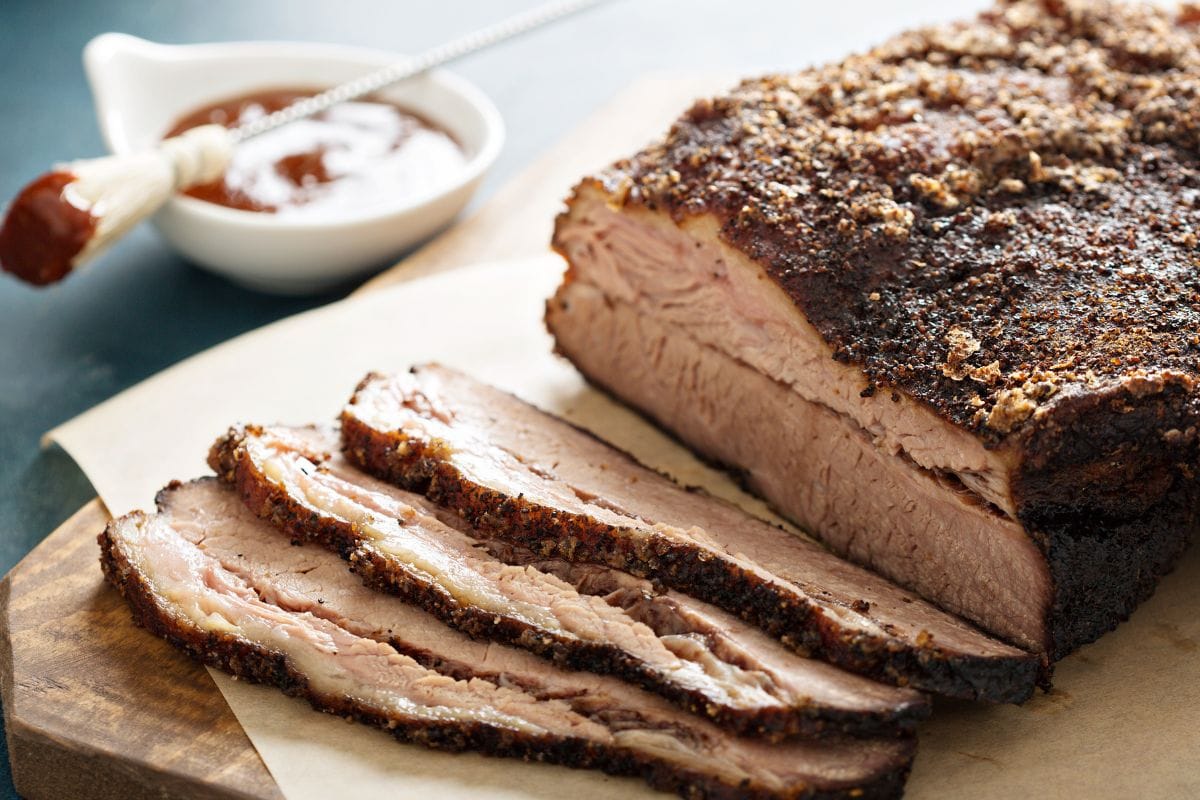
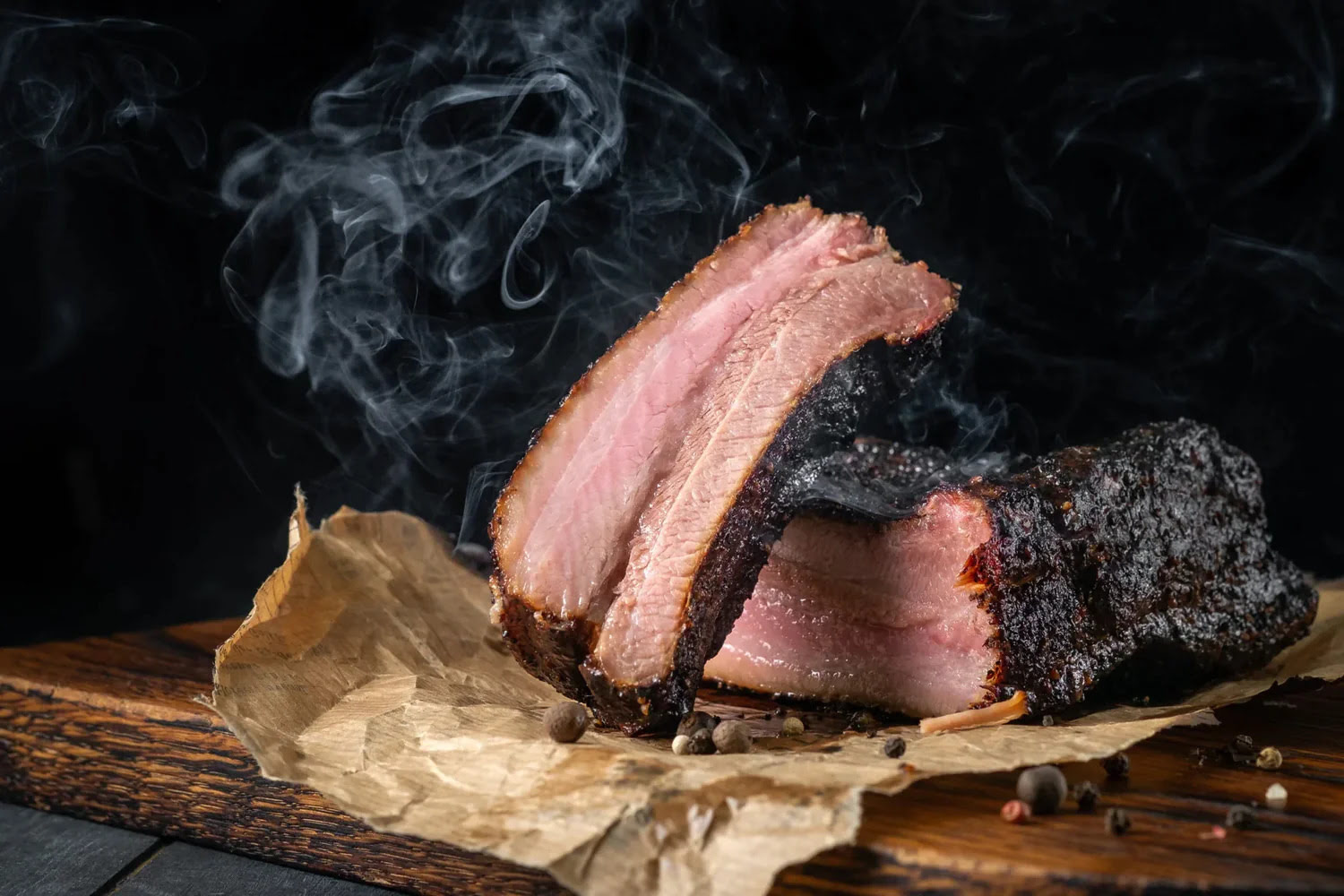
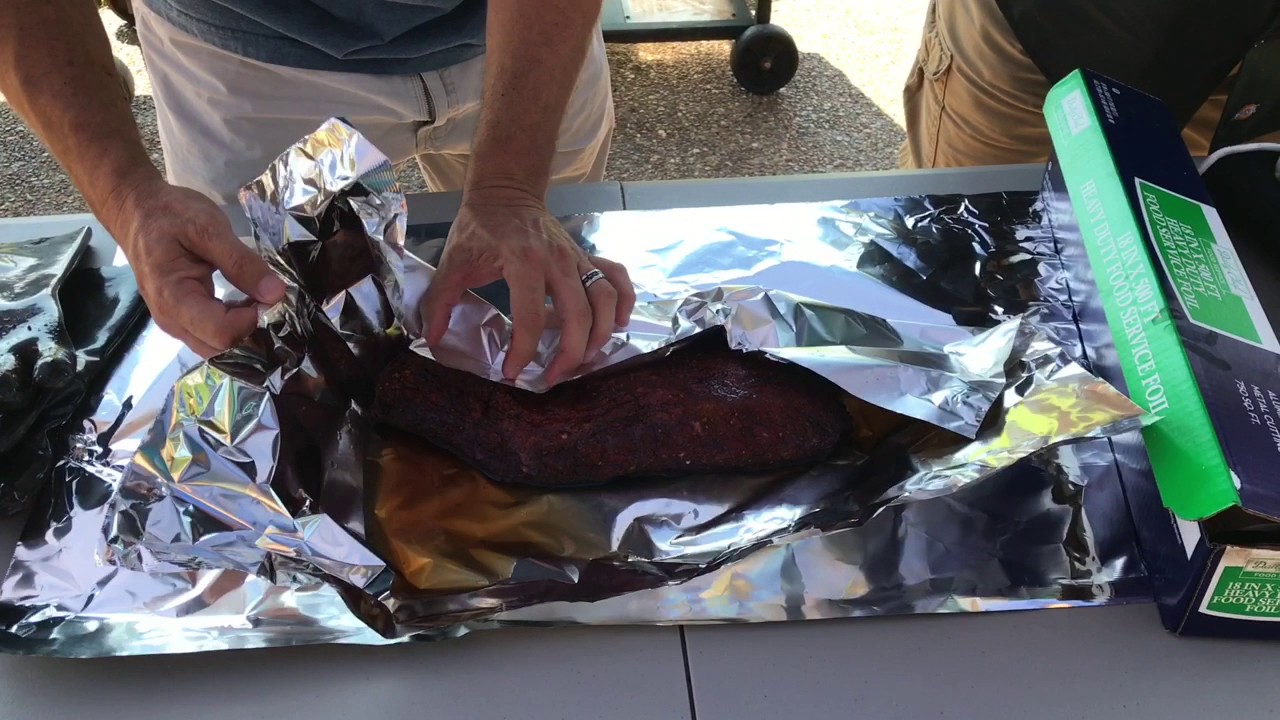
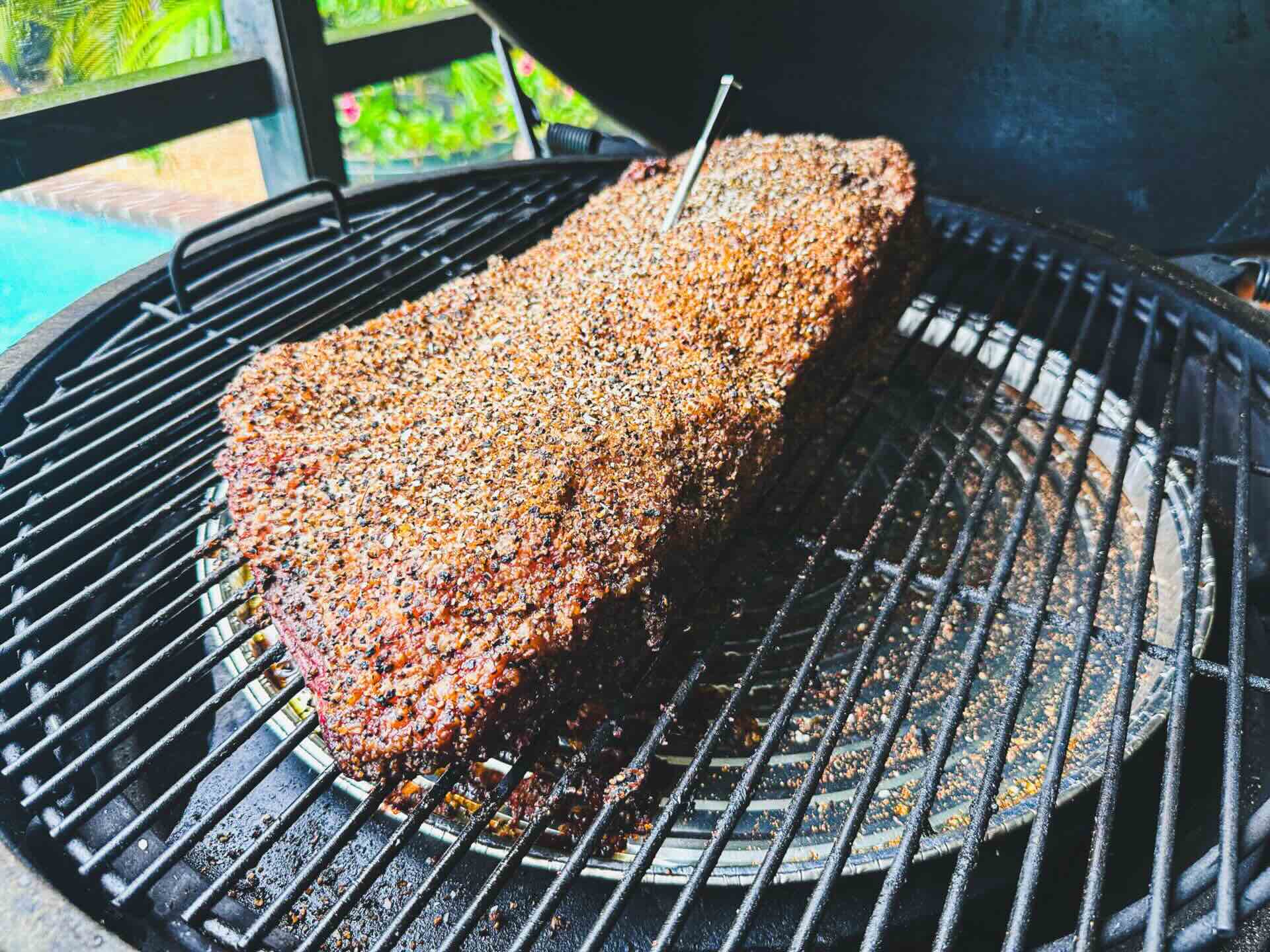
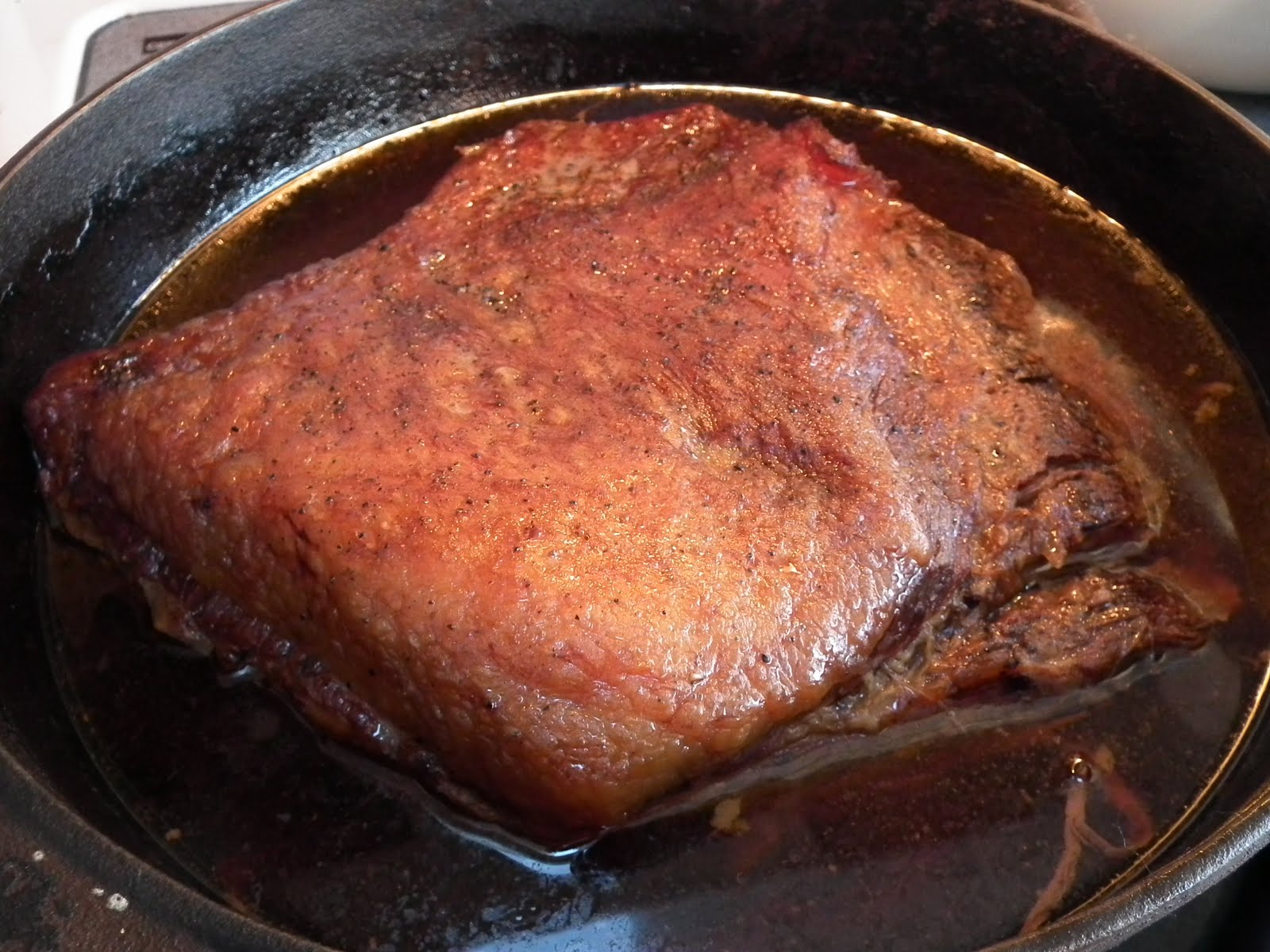
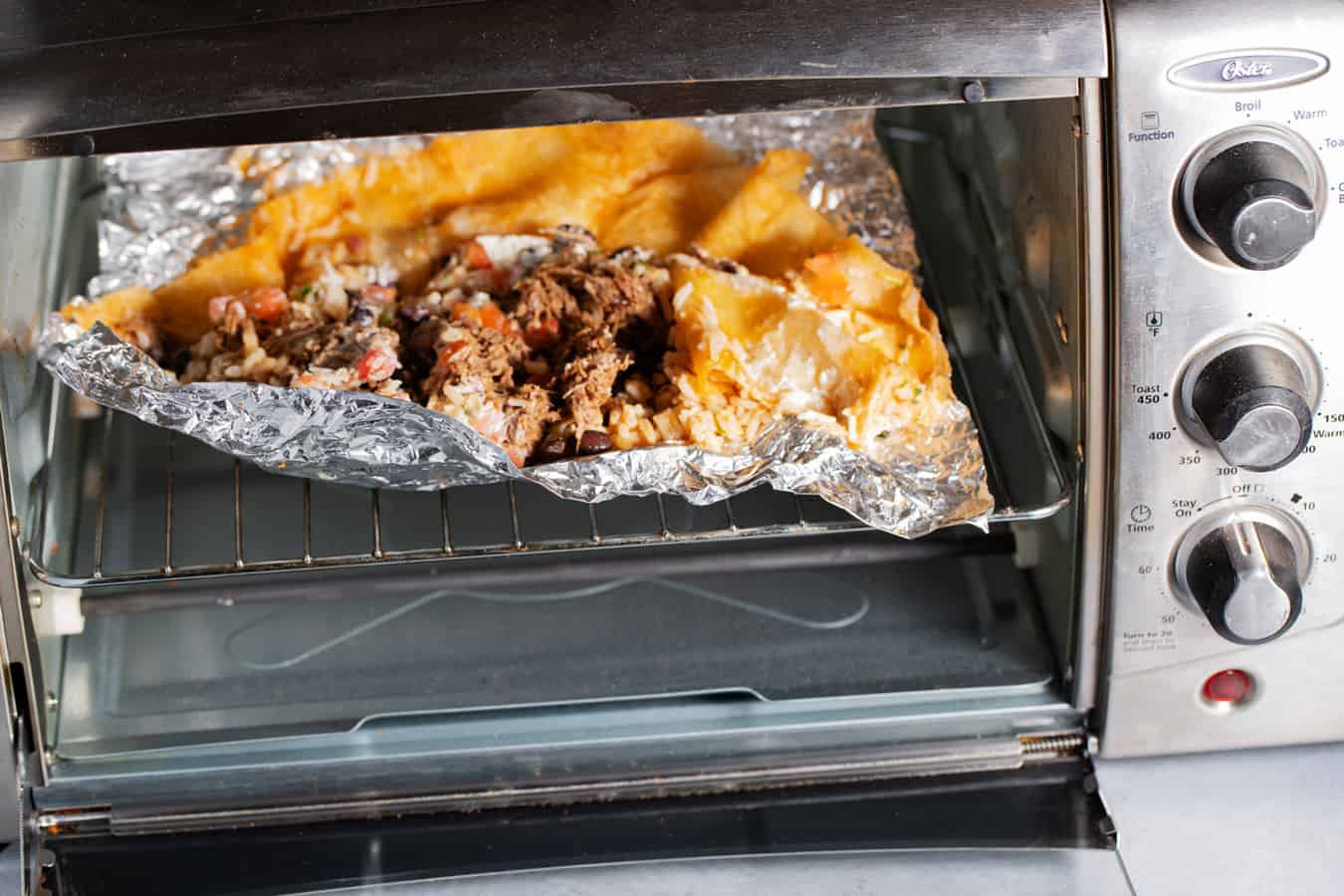
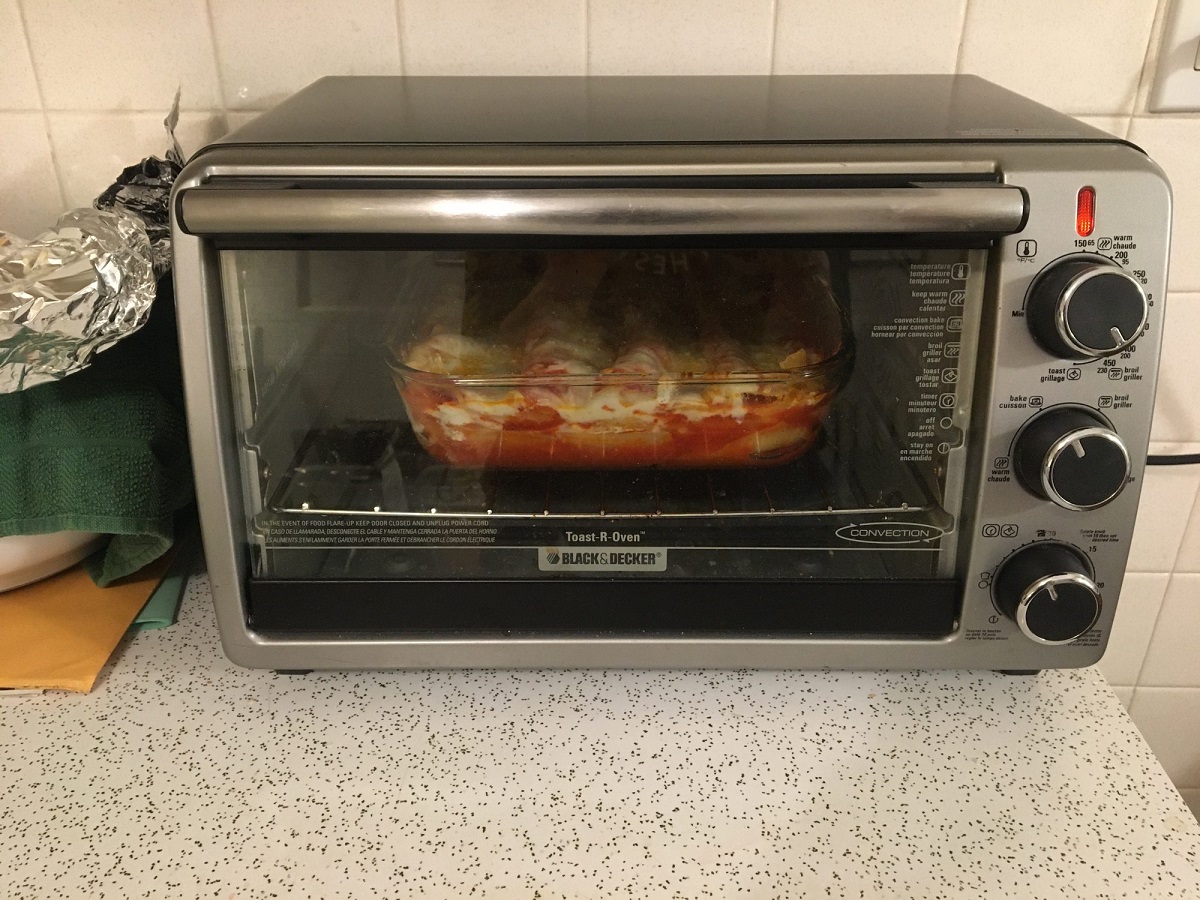
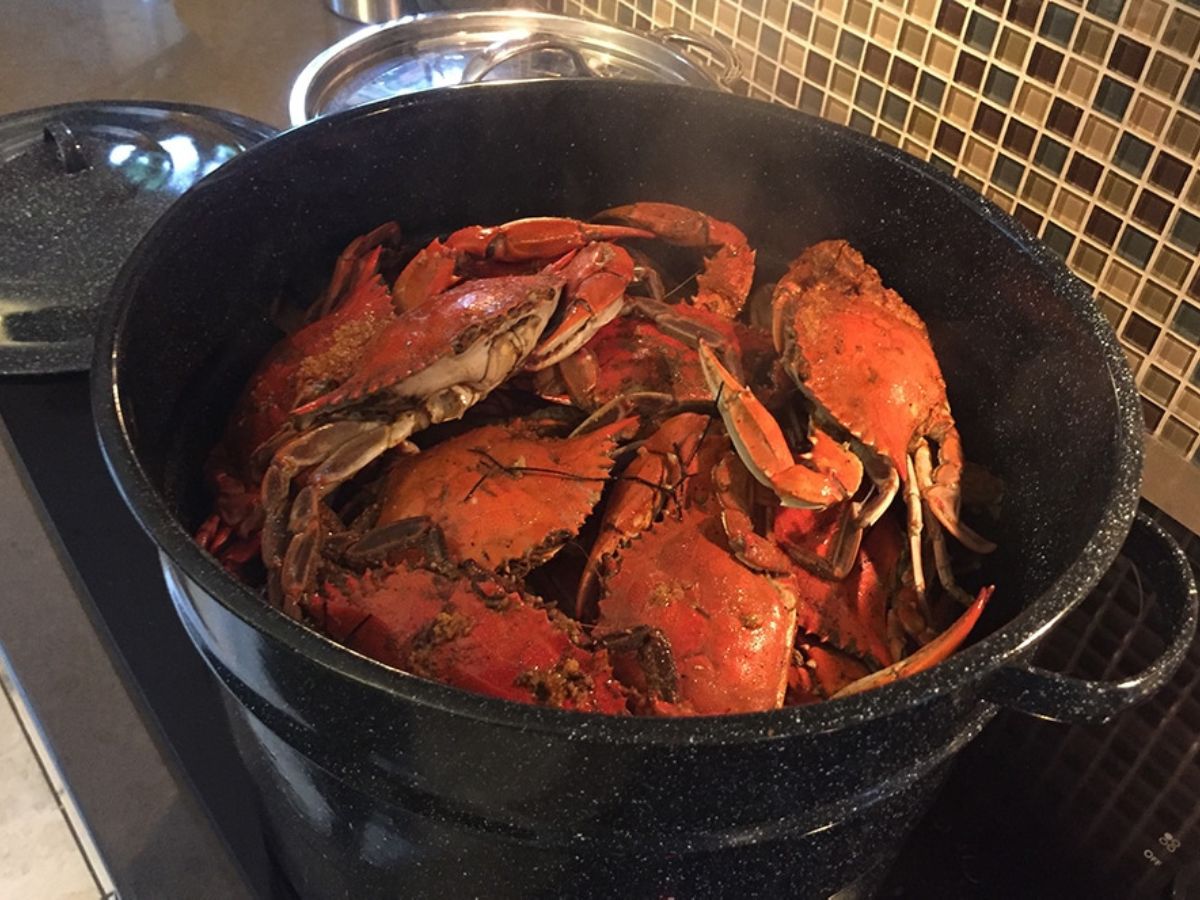

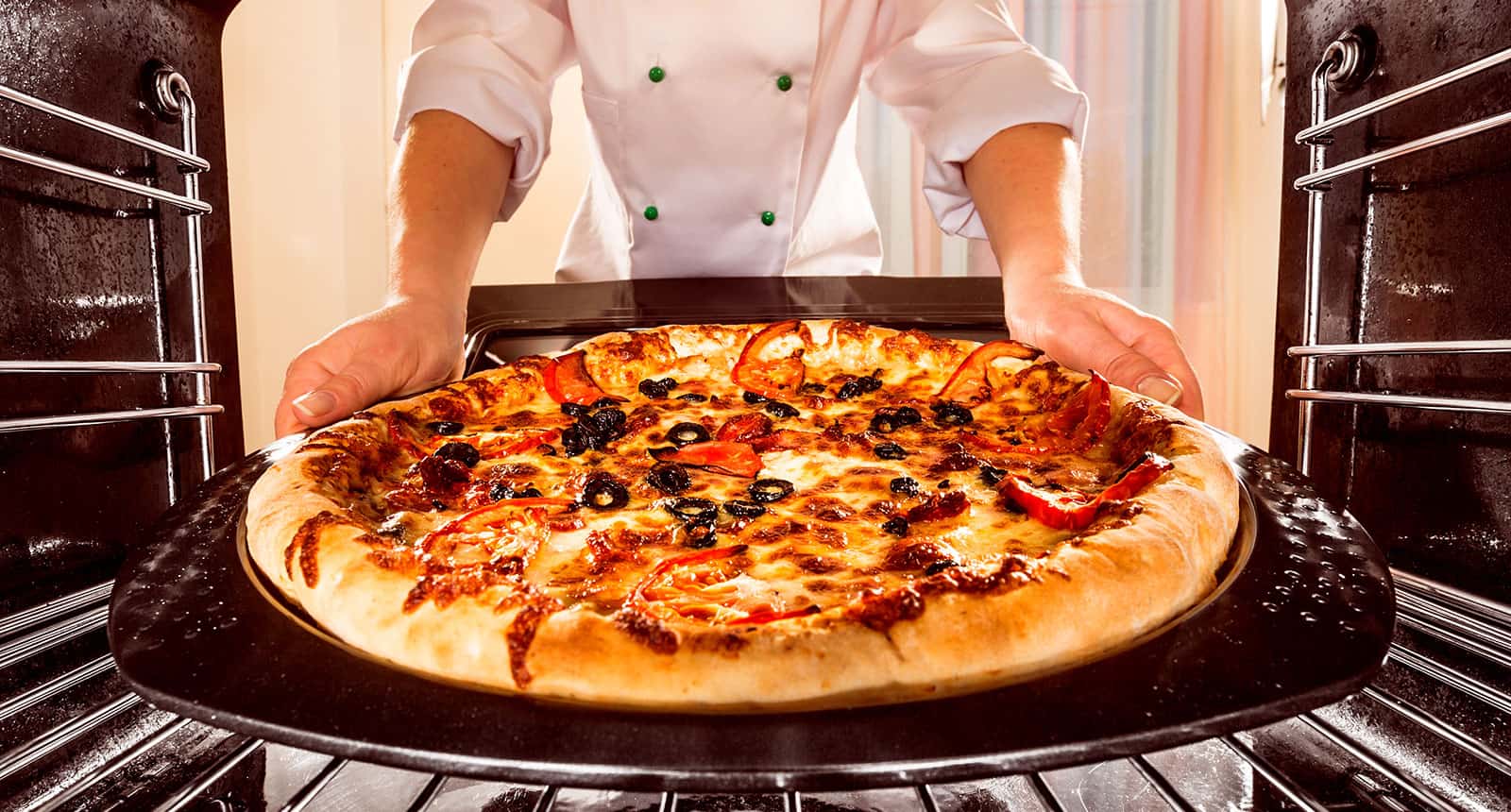
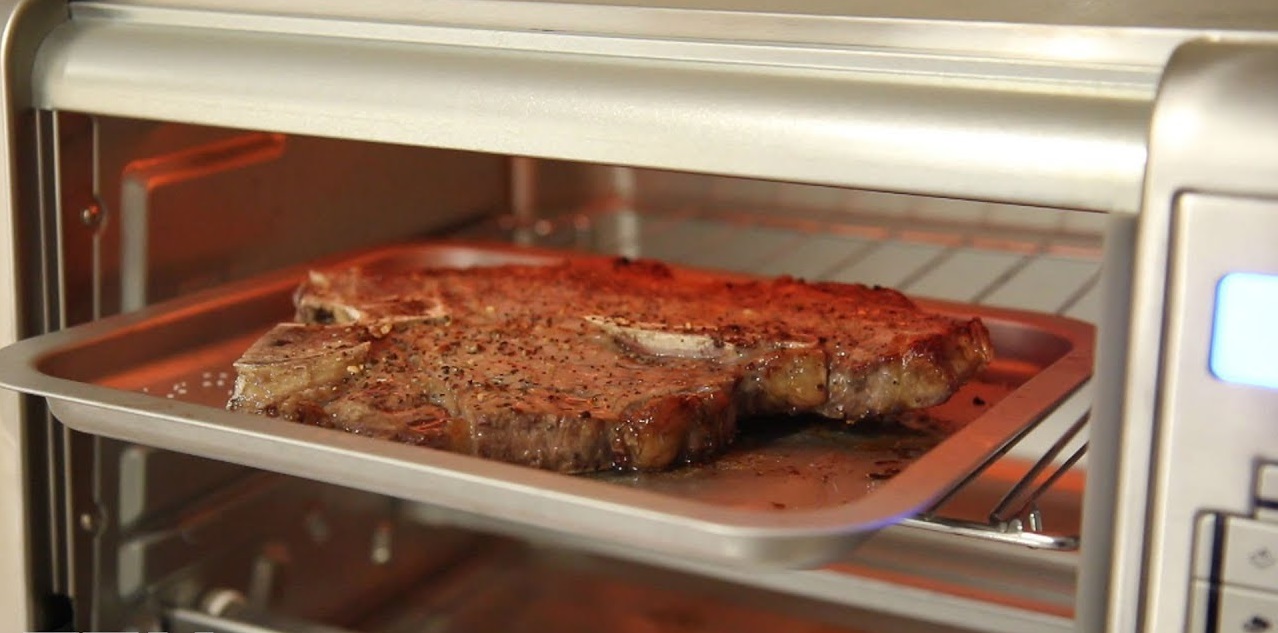
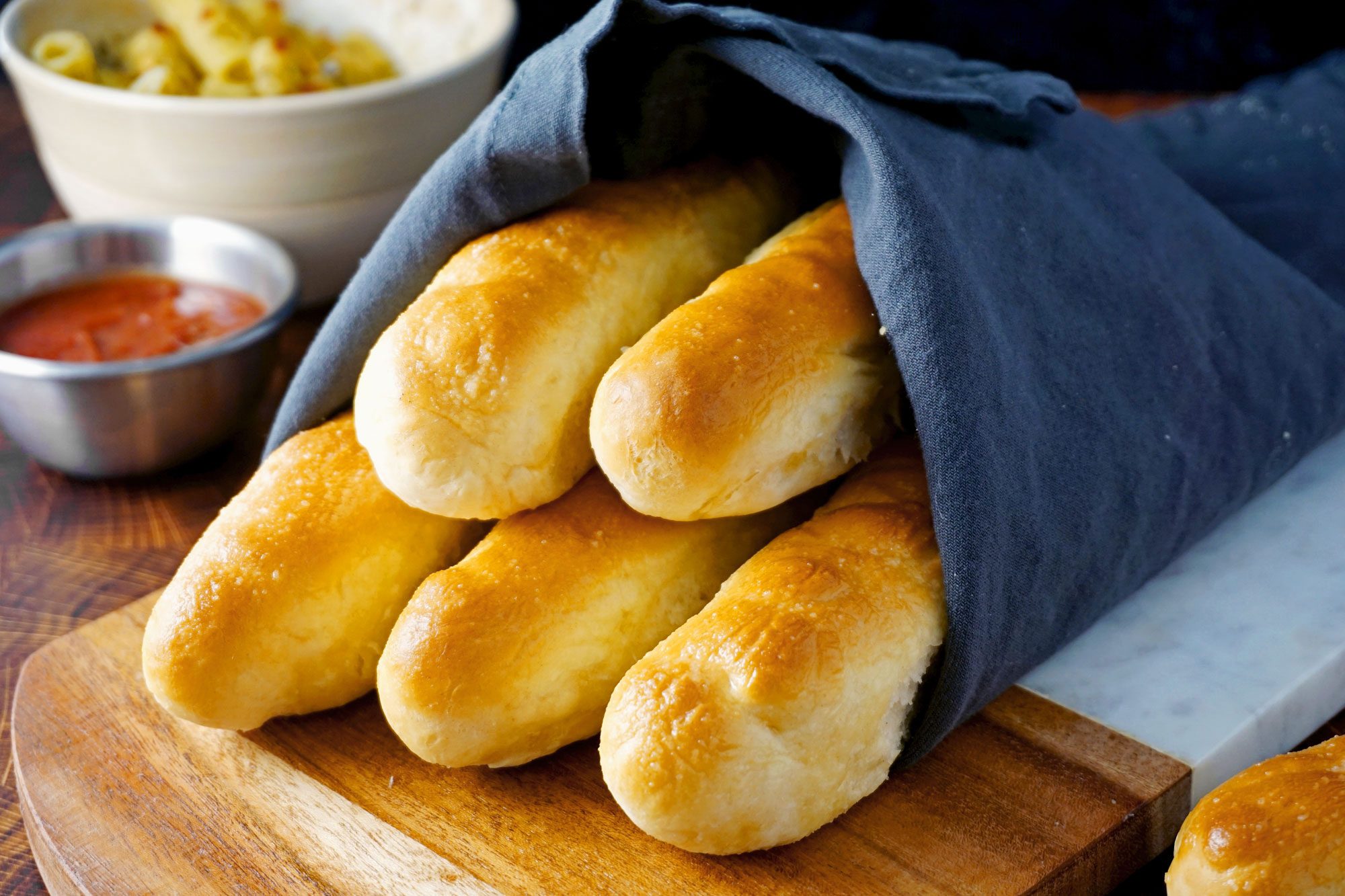
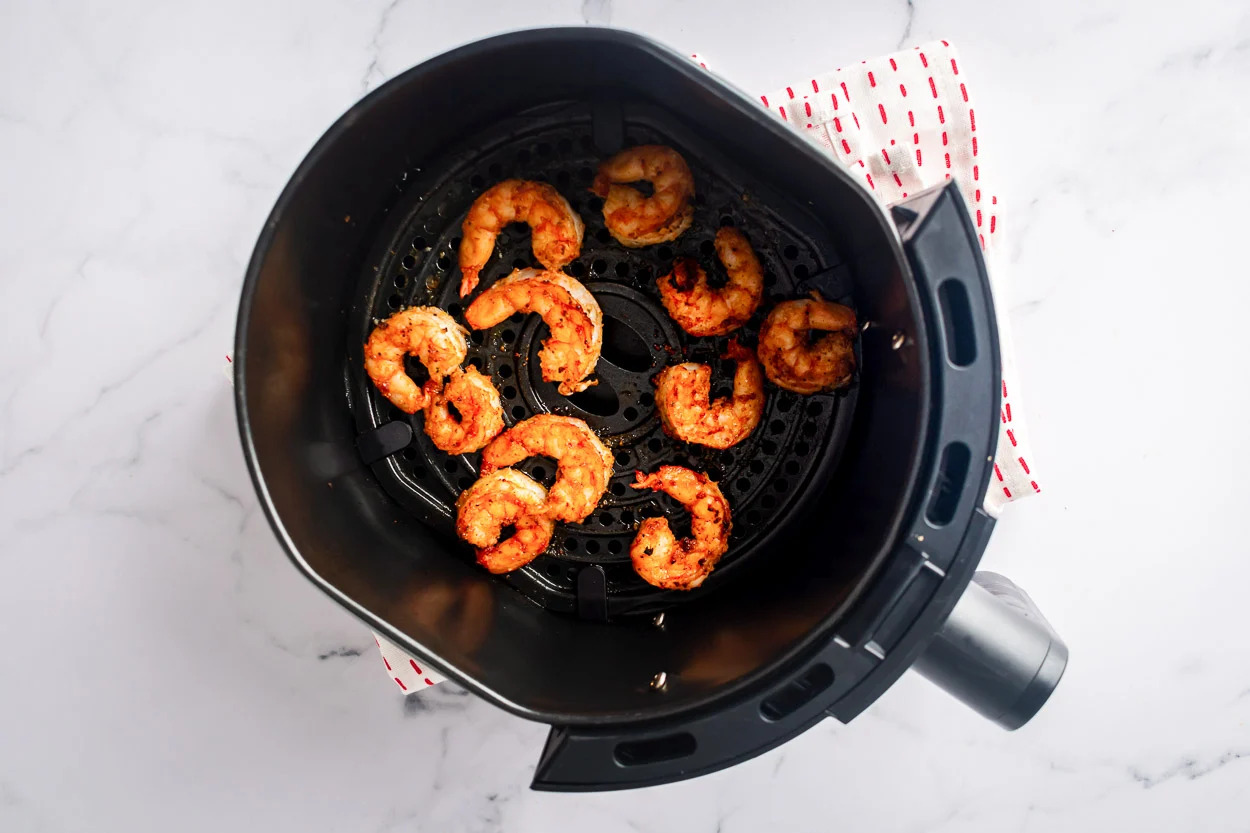
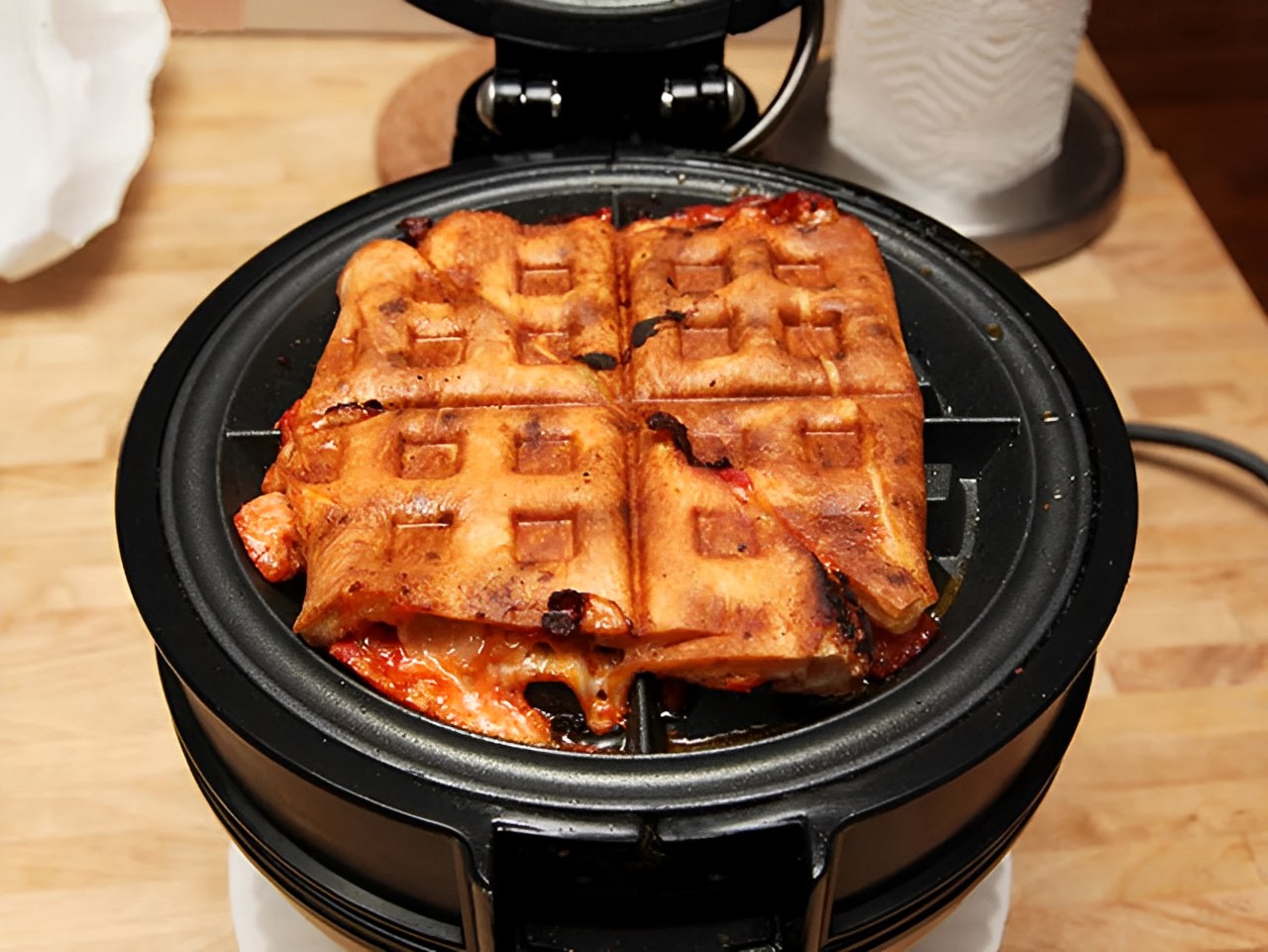

0 thoughts on “How To Store And Reheat Brisket”